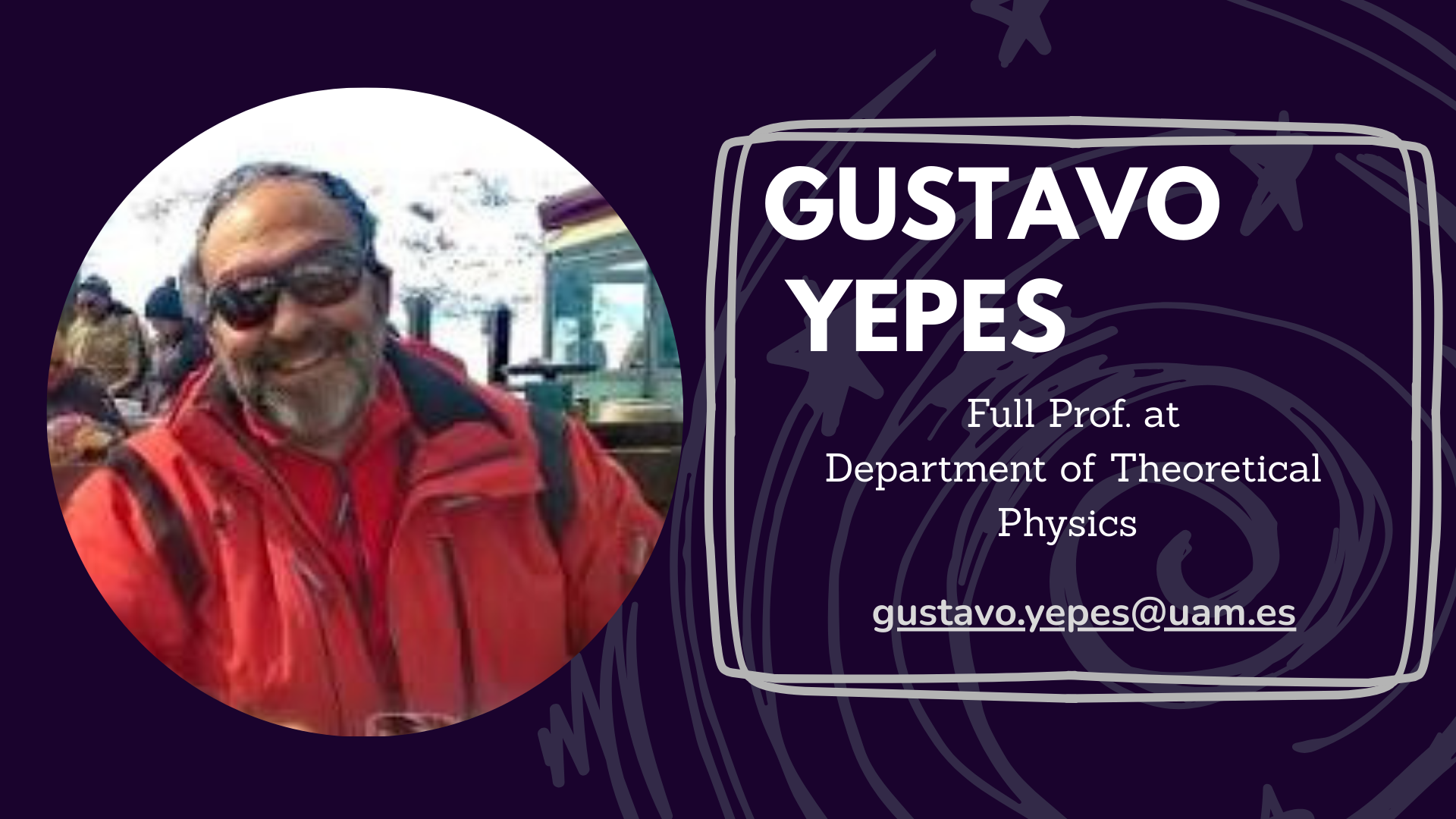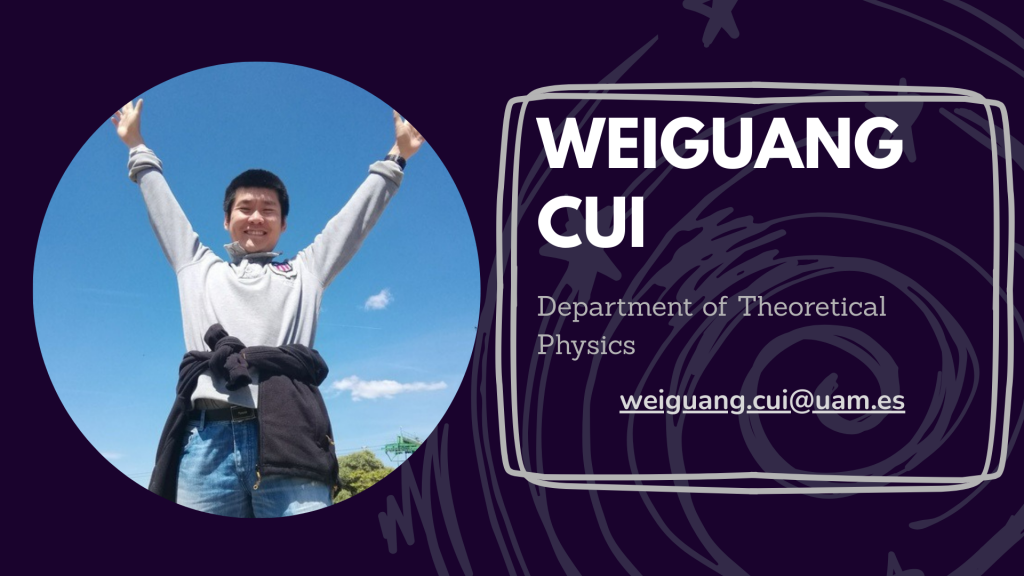Academic Team



Course Content
Type: Optional– PEC&AC Track – 3rd Trimester
Module A. Introduction. The Homogeneous Universe
The standard Cosmological Model. Cosmological parameters.
Problems of the Big Bang model.
The Inflationary solution.
Module B: The Non-Homogeneous Universe: Perturbations in the Matter Distribution
Linear theory of perturbation evolution in Friedmann universes.
Non-linear perturbation theory: Zeldovich approximation and N-body simulations.
Module C: Background Radiation
Propagation of a radiation field in an inhomogeneous Friedmann Universe.
Origin of anisotropies in the Background Radiation: Sachs-Wolfe effect, integrated Sachs-Wolfe effect.
Acoustic oscillations on the last scattering surface. Adiabatic and isocurvature modes.
Recent observations and implications for structure formation models. Cosmological parameters.
Sunyaev-Zeldovich effect: hot gas in clusters and secondary anisotropies in the background radiation.
Module D: Large-Scale Structure
Observations of matter distribution.
Statistical methods in Cosmology.
Measurement of the correlation function and power spectrum from galaxy catalogs.
Luminosity functions and mass functions. Comparison between simulations and observations.
Baryon acoustic oscillations in the galaxy distribution. Spectroscopic and photometric surveys.
Determination of cosmological parameters from large-scale structure.
Module E: Gravitational Lenses
History. Basic concepts.
Equations of gravitational lensing effect.
Strong and weak lenses.
Applications in Cosmology.
Reading List
- Modern Cosmology – S. Dodelson. Academic Press (2003).
The Cosmic Microwave Background – R. Durrer. Cambridge University Press (2008). - The Early Universe – E.W. Kolb, M.S. Turner. Addison-Wesley (1990).
- The Primordial Density Perturbation: Cosmology, Inflation and the Origin of Structure – D.H. Lyth, A. Liddle. Cambridge U.P. (2009).
- Statistics of the Galaxy Distribution – V. J. Martínez and E. Saar. Chapman & Hall (2002).
- Structure Formation in the Universe – T. Padmanabhan. Cambridge U. P. (1993).
- Cosmological Physics – J.A. Peacock. Cambridge University Press (1998).
- Large Scale Structure of the Universe – P.J.E. Peebles. Princeton U.P. (1980).
- Cosmology – S. Weinberg. Oxford U.P. (2008).
- Extragalactic Astronomy and Cosmology – P. Schneider. Springer-Verlag (2006).
- Dark Energy – Yun Wang. Wiley-VCH (2010).
- Practical Statistics for Astronomers – J.V. Wall and C.R. Jenkins. Cambridge Univ. Press.
- Measuring our Universe from Galaxy Redshift Surveys, O. Lahav and Y. Suto (2004)
- Lectures on Gravitational Lensing, Ramesh Narayan & Matthias Bartelmann (1996), astro-ph/9606001
- Gravitational Lensing in Astronomy, Joachim Wambsganss (1998), Living Reviews,
- Cosmological Parameters from Observations of Galaxy Clusters, S. Allen (2011)
- The evolution of the large-scale structure of the universe: beyond the linear regime, F. Bernardeau (2013)
- Dark Energy and CMB (S. Dodelson et al., 2013)
- Distance Probes of Dark Energy (Kim, Padmanabhan et al., 2013)
- Cosmological Perturbation theory (classic paper by Ma and Bertschinger)
- Planck cosmological results
- Supernova Ia cosmology
- Dark energy review

